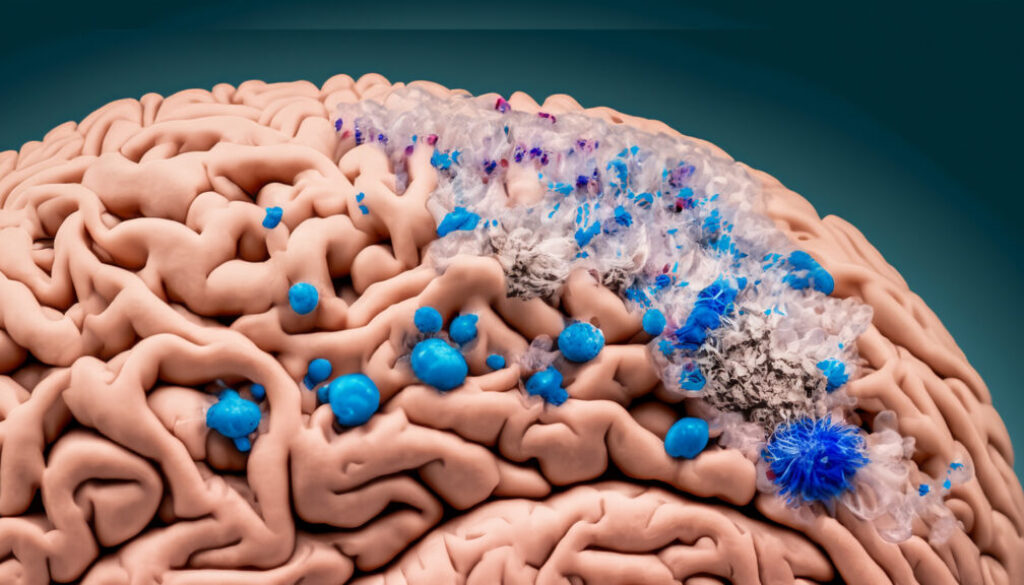by DOUGLAS MAIN

A growing body of scientific evidence shows that microplastics are accumulating in critical human organs, including the brain, alarming findings that highlight a need for more urgent actions to rein in plastic pollution, researchers say.
Different studies have detected tiny shards and specks of plastics in human lungs, placentas, reproductive organs, livers, kidneys, knee and elbow joints, blood vessels, and bone marrow.
Given the research findings, “it is now imperative to declare a global emergency” to deal with plastic pollution, said Sedat Gündo?du, who studies microplastics at Cukurova University in Turkey.
Humans are exposed to microplastics – defined as fragments smaller than five millimeters in length – and the chemicals used to make plastics from widespread plastic pollution in air, water, and even food.
The health hazards of microplastics within the human body are not yet well-known. Recent studies are just beginning to suggest these particles could increase the risk of various conditions such as oxidative stress, which can lead to cell damage and inflammation, as well as cardiovascular disease.
Animal studies have also linked microplastics to fertility issues, various cancers, a disrupted endocrine and immune system, and impaired learning and memory.
There are currently no governmental standards for plastic particles in food or water in the United States. The Environmental Protection Agency is working on crafting guidelines for measuring them, and has been giving out grants since 2018 to develop new ways to quickly detect and quantify them.
Finding microplastics in more and more human organs “raises a lot of concerns,” given what we know about health effects in animals, studies of human cells in the lab, and emerging epidemiological studies, said Bethanie Carney Almroth, an ecotoxicologist at the University of Gothenburg in Sweden. “It’s scary, I’d say.”
“Pretty alarming”
In one of the latest studies to emerge — a pre-print paper still undergoing peer-review that is posted online by the National Institutes of Health — researchers found particularly concerning accumulation of microplastics in brain samples.
An examination of the livers, kidneys and brains of autopsied bodies found that all contained microplastics, but the 91 brain samples contained on average about 10 to 20 times more than the other organs. The results came as a shock, according to study lead author Matthew Campen, a toxicologist and professor of pharmaceutical sciences at the University of New Mexico.
The researchers found that 24 of the brain samples, which were collected in early 2024, measured on average about 0.5 percent plastic by weight.
“It’s pretty alarming,” Campen said. “There’s much more plastic in our brains than I ever would have imagined or been comfortable with.”
The study describes the brain as “one of the most plastic-polluted tissues yet sampled.”
The pre-print brain study led by Campen also hinted at a concerning link. In the study, researchers looked at 12 brain samples from people who died with dementia, including Alzheimer’s disease. These brains contained up to 10 times more plastic by weight than healthy samples.
“I don’t know how much more plastic our brain can stuff in without it causing some problems,” Campen said.
The New Lede for more
